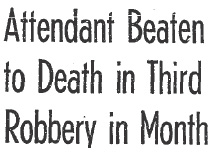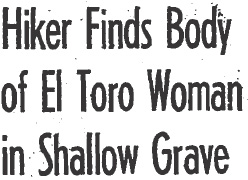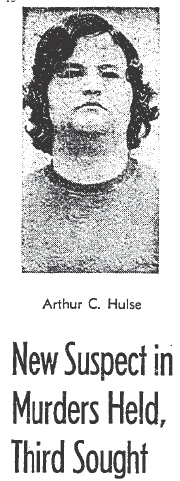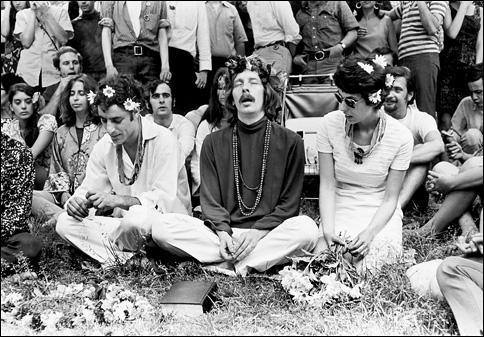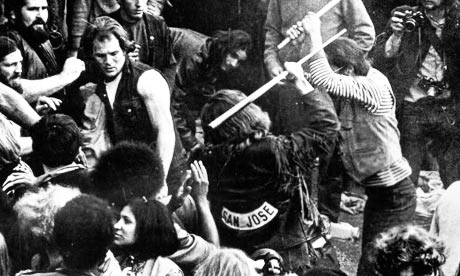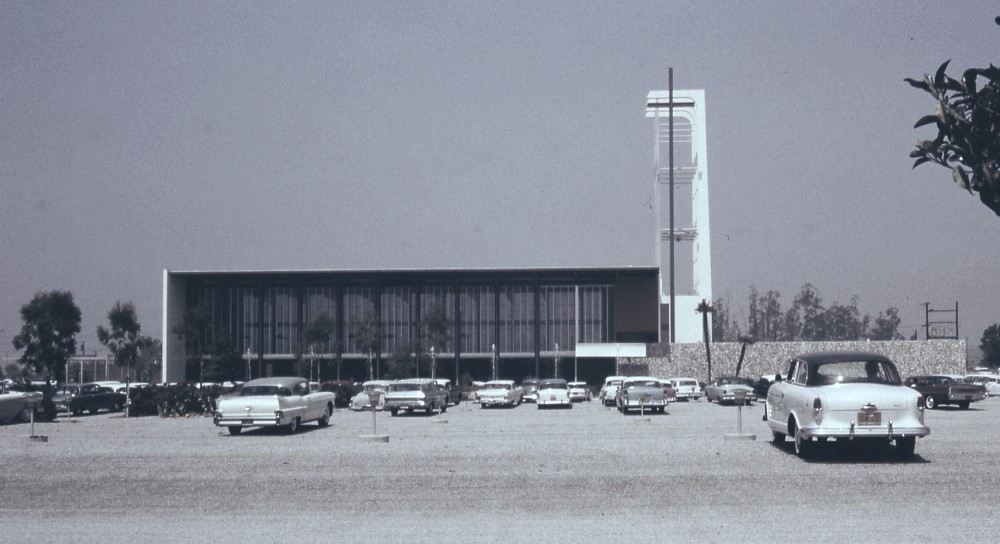THE TATE/LA BIANCA MURDERS GO COLD
If the police had any viable leads on the Tate/La Bianca murders they weren’t sharing them with reporters.
On September 10, 1969, the Los Angeles Times ran an ad which offered a reward of $25,000 (over $170k in current USD) for information leading to the arrest and conviction of the person or persons who murdered Sharon Tate, her unborn son, and the other victims at the Cielo Drive home.
Roman Polanski and friends of the Polanski family would pay the money. The friends included Peter Sellers, Warren Beatty and Yul Brynner.
JOYCE HABER & THE FRIENDS OF THE POLANSKI’S
On September 22, 1969, Los Angeles Times gossip columnist Joyce Haber had a few tidbits to share about what she described as the “Tate Case Chatter.”
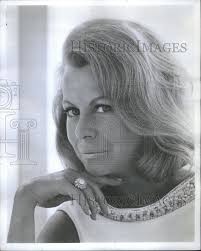
Haber said that Roman Polanski was back in town after a trip to New York where, according to her, he was “. . . kicking it up in and from his home base, a suite at Manhattan’s Essex House on Central Park South.”
She continued, “The kicks included trips to Oh, Calcutta!, off-Broadway’s groovy, naked revue, and to such jivy joints as Elaine’s, a haunt for the literary-cum-anything set.”
Elaine’s restaurant on the Upper East Side of New York City, near the corner of 2nd Avenue and East 88th Street, was a hangout for everyone from Norman Mailer to Mia Farrow and Woody Allen. Elaine’s closed in 2011, following the death of the proprietress, Elaine Kaufman. In an interview, Allen said that he was “crushed” and that “despite the unrelenting bad food I went there every night for decades.”

WOODY ALLEN & ELAINE KAUFMAN
Haber’s tone regarding Polanski’s unique manner of grieving the loss of his family was disapproving. Understanding the intimate mechanics of how different individuals cope with loss is for someone with more knowledge on the topic that I have; but I find Polanski’s choice of venues for grieving very odd. Would most people faced with such a traumatic loss socialized in the way Polanski did? I wonder.
GOSSIP KILLS
When reading Haber’s column, you must consider the source. It was a gossip column – she inherited the gig from Hedda Hopper. Haber had a reputation for snarky comments. In fact, there are people who blame her indirectly for Jean Seberg’s suicide in 1979.
Seberg ,an internationally known and admired actress, was a staunch supporter of civil rights and often gave money to the NAACP, Native American groups, and two gifts to the Black Panther Party.
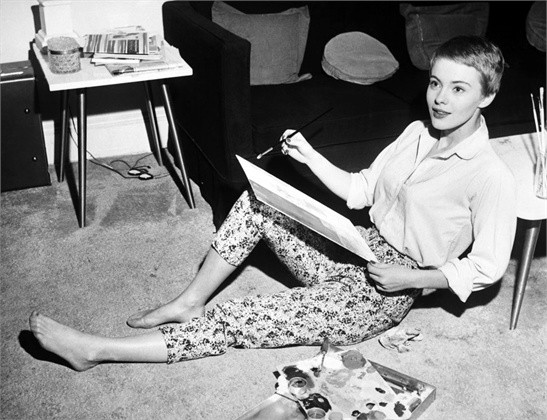
During the late 1960s the FBI ran a Counterintelligence Program (COINTELPRO ) and targeted individuals and groups they identified as subversive. Their tactics were abhorrent. Outright lies used to destroy people for their politics.
On May 19, 1970, Haber’s column was used to smear Jean Seberg. The actress, referred to as Miss A in the column, was Jean Seberg. Anyone familiar with Hollywood at the time would have recognized the characterization. NEWSWEEK also printed the rumor.
The rumor was that the child Seberg carried wasn’t her husband’s, Romain Gary, but Raymond Hewitt’s (a member of the Black Panthers).
Devastated by the rumor, Seberg went into premature labor and lost her baby daughter. At the funeral Seberg laid the baby in an open casket so that reporters could see for themselves that the infant was white.
Seberg was blacklisted and her career suffered. So did her mental health. She was depressed for years. The FBI continued their surveillance and harassment, which did nothing to ease her stress.
On September 8, 1979, nine days after she disappeared from her Paris apartment in the 16th arrondissement, her body was found wrapped in a blanket in the back seat of her Renault. Police found barbiturate’s and a note which said that she could no longer live with her nerves.
Seberg is interred in the Cimetière du Montparnasse in Paris.
MANSON FAMILY UPDATE – FALL, 1969
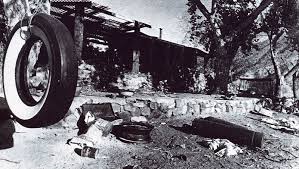
Charles Manson relocated to Barker Ranch in Death Valley. Charlie and family members Atkins, Krenwinkel, and Watson must have felt invincible. They got away with murder.

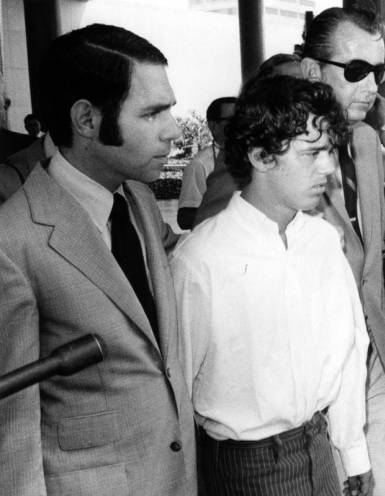
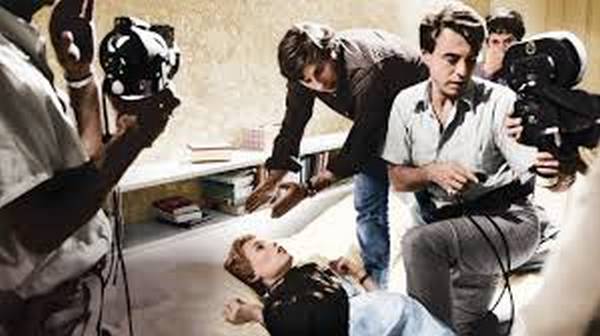
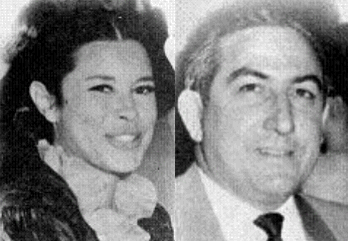
 In October 1969 Susan Atkins, aka Sadie Mae Glutz, was booked on the Gary Hinman murder, moved to Sybil Brand Institute (SBI) the women’s jail for Los Angeles County, and assigned to Dorm 8000. She created a stir. She had that ridiculous alias and insisted on being called Crazy Sadie. If she hadn’t given it to herself, she would have earned the nickname—the other inmates thought she had a screw loose. She seemed happy to be in jail and would sometimes sing or start go-go dancing. Odd behavior in lock-up.
In October 1969 Susan Atkins, aka Sadie Mae Glutz, was booked on the Gary Hinman murder, moved to Sybil Brand Institute (SBI) the women’s jail for Los Angeles County, and assigned to Dorm 8000. She created a stir. She had that ridiculous alias and insisted on being called Crazy Sadie. If she hadn’t given it to herself, she would have earned the nickname—the other inmates thought she had a screw loose. She seemed happy to be in jail and would sometimes sing or start go-go dancing. Odd behavior in lock-up. Virginia and Ronnie were accustomed to being locked up with women who committed non-violent crimes. Crazy Sadie’s attitude toward murder, even the murder of a woman 8 ½ months pregnant, was an anathema to them.
Virginia and Ronnie were accustomed to being locked up with women who committed non-violent crimes. Crazy Sadie’s attitude toward murder, even the murder of a woman 8 ½ months pregnant, was an anathema to them.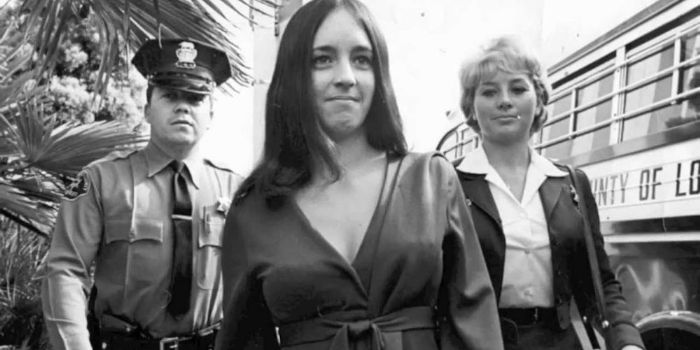 Before you get in a twist about Atkin’s right to privacy, she gave that up as soon as she got to lock-up. If she insisted on running her mouth, every word she uttered was fair game and could later be used against her. Bad news for Sadie. Great news for the law.
Before you get in a twist about Atkin’s right to privacy, she gave that up as soon as she got to lock-up. If she insisted on running her mouth, every word she uttered was fair game and could later be used against her. Bad news for Sadie. Great news for the law.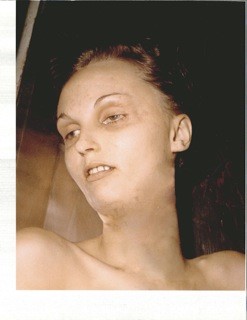 Prior to her bone-headed decision to pull back from being the key witness for the prosecution, Susan over shared with anyone who would lend her an ear to garner favor. She revealed to a TV news team the approximate location of bloody clothing discarded following the Tate murders. The crew found three black t-shirts, one white t-shirt and three pairs of black jeans worn by the killers. Also found was the long barreled .22 caliber gun used to kill three of the victims.
Prior to her bone-headed decision to pull back from being the key witness for the prosecution, Susan over shared with anyone who would lend her an ear to garner favor. She revealed to a TV news team the approximate location of bloody clothing discarded following the Tate murders. The crew found three black t-shirts, one white t-shirt and three pairs of black jeans worn by the killers. Also found was the long barreled .22 caliber gun used to kill three of the victims.





